After independence in 1947, India’s development pattern was characterised by strong centralised planning, Government ownership of basic and key industries, excessive regulation and control of private enterprise, trade protectionism through tariff and non-tariff barriers and a cautious and selective approach towards foreign capital. It was a quota, permit and license regime. This so-called inward-looking, import substitution strategy of economic development began to be widely questioned with the beginning of 1980s. Policy makers started realising the drawbacks of this strategy which inhibited competitiveness and efficiency and produced a much lower rate of growth than expected. Economic reforms were set in motion, though on a modest scale, when controls on industries were reduced by the 1985 industrial policy. The economic reforms programme got a big boost when the government announced a new industrial policy in the Indian Parliament on July 24, 1991. Since then, it is liberalisation, privatisation and globalisation all the way and the process is underway. In the new liberalised industrial and trade environment, the government is progressively assuming the role of a promoter, facilitator and catalytic agent instead of a regulator and controller of economic activities. After the reforms, the Indian economy has been growing faster than its historical growth rate. Growth in the year ending March 2004 was around 7.5 per cent, the best performance since the 7.8 percent reported in 1996-97. The economy, therefore, has shown that it is capable of achieving high growth rates in response to the implementation of appropriate economic reform policies. India is now Asia’s third largest economy and has the world’s fourth largest foreign exchange reserves. The period covered by this study (1947-48 to 2004-05) has witnessed structural changes in the Indian economy. From a traditional agricultural economy, India has emerged as a technologically strong, industrially diversified and militarily powerful country. The experience of India is exemplary for other developing countries striving to achieve self reliance and a respectable place in the world community. The present work provides glimpses of the various sectors of the Indian economy. In contains year-wise description and review of economic events in India since independence in 1947. It also provides important reading material on the subject. The work is useful for a cross-section of academic community and researchers, both in India and abroad.
India: Economic Policies and Performance (1947-48 to 2004-05)
$75.60
$84.00
In stock
Free & Quick Delivery Worldwide
All orders amounting to US$ 50 or more qualify for Free Delivery Worldwide. For orders less than US$ 50, we offer Standard Delivery at $14 per book.
ABOUT THE AUTHOR Chandra Shekhar Prasad
Dr. Chandra Shekhar Prasad, M.A., Ph.D. in Economics, was a Lecturer in Bhagalpur University from 1967. He joined the Indian Economic Service (IES) in 1969. As a Member of IES, he held important posts in the Planning Commission, and Union Ministries of Industry, Agriculture, Defence, Home Affairs, Finance, and Small Scale Industries. He was Economic Adviser in the Office of Development Commissioner, Small Scale Industries (DCSSI) from October 1992 to August 1995, and Additional Development Commissioner and Economic Adviser from August 1995 to June 2004. He had been instrumental in the formulation of the Credit Guarantee Scheme and the successful conduct of the Third All India Census of Small Scale Industries in the country. Dr. Prasad was Professor and Head of the Department of Economics at Lal Bahadur Shastri National Academy of Administration, Mussorie, from 1988 to 1991. He has authored a book titled State Taxation in India which was published in 1997. Besides, he has contributed over hundred articles to various journals. He has visited a large number of countries to attend international conferences, representing India. Dr. Prasad recently retired from the post of Additional Development Commissioner and Economic Adviser in the Office of DCSSI, Ministry of Small Scale Industries, Government of India, New Delhi.
reviews
0 in total
Review by Anonymous
Be the first to review “India: Economic Policies and Performance (1947-48 to 2004-05)” Cancel reply
You must be logged in to post a review.
Bibliographic information
Title
India: Economic Policies and Performance (1947-48 to 2004-05)
Author
Edition
1st ed.
Publisher
ISBN
8177080822
Length
xv+613p., Notes; Appendices; 25cm.
Subjects
more by Chandra Shekhar Prasad see more
Sixty Five Years of the Indian Economy: 1947-48 to 2012-13
Prior to Independence in ...
$127.80
$142.00
similar bookssee more
Mutual Funds and Indian Capital Market: Performance and Profitability
The book emphasises the ...
$23.75
$25.00
Impact of Bank Interest Rates on SHG Members: A Study in Grama Vikas Project Area
The book examines the ...
$8.10
$9.00

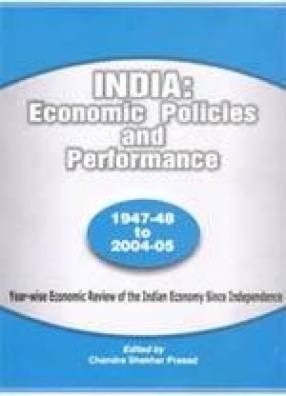
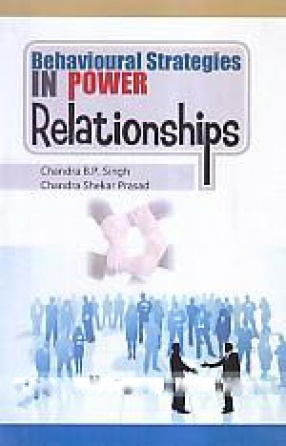
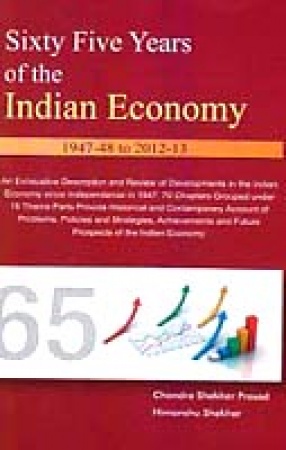
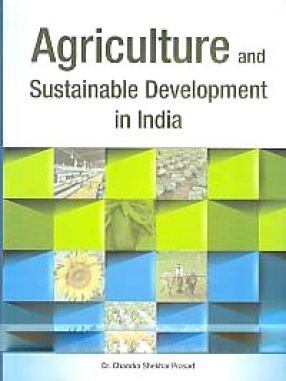
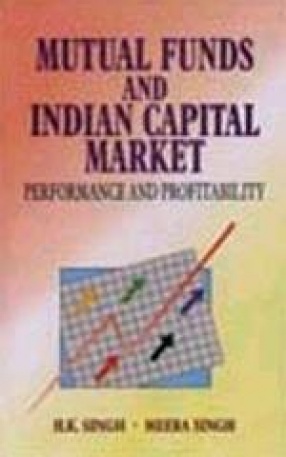
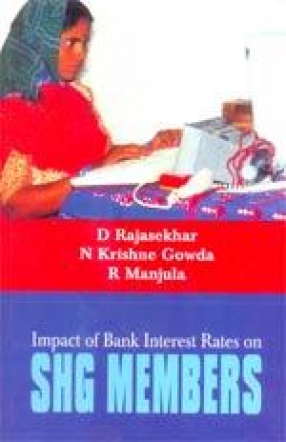

There are no reviews yet.